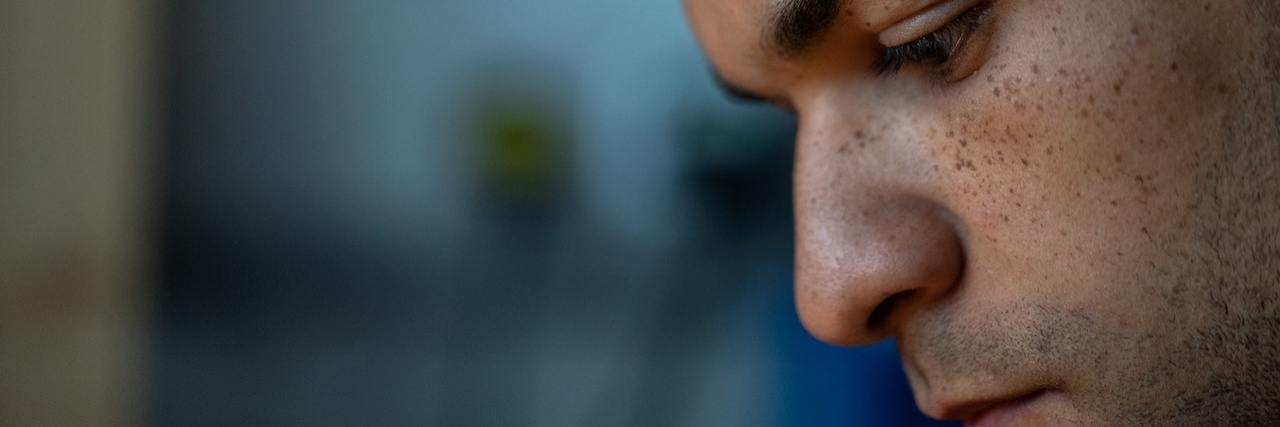Bipolar disorder is often characterized by periods of very high or very low moods experts refer to as manic and depressive episodes, respectively. But in some cases, people with bipolar disorder can experience both at the same time. This is called a mixed episode. In most cases, either the manic or depressive state is still predominant, but features of the opposite mood spectrum are present.
• What is Bipolar disorder?
According to some studies, patients who exhibit mixed episodes usually experience more severe effects of bipolar disorder, have a higher risk of developing psychosis and may be at increased risk for suicide. Approximately 40% of people with bipolar disorder I or II have these types of episodes. However, studies show that people with bipolar I may be more susceptible. Recently, experts have adopted the term mixed features to describe the state people experience with these symptoms.
According to the American Psychiatric Association, a person must exhibit at least three depressive symptoms nearly every day during a manic episode to be officially considered as having mixed features. The same is true for someone having a depressive episode — at least three manic symptoms must be present.
“The overall idea is that the presence of both symptoms of mania and depression can exist at the same time,” explained Dr. Mauricio Tohen with the American Psychiatric Association. For example, one article explained a person in a depressive state with manic features may be crying uncontrollably but be hard wired to finish a specific task.
Mighty contributor Kimberly Frethenway shared what it feels like to go through an episode with mixed features. “The part where it gets terrifying is that, while my thoughts are bleak and black, they are also swirling with all the intensity of an F5 tornado. There is nowhere to hide. They blow the house down and shred every protective barrier I have in place away, leaving me completely vulnerable to the relentless onslaught of the flurry of racing thoughts and ideas.”
It’s important to note that mixed features aren’t exclusive to bipolar disorder. Other mood conditions such as major depressive order can also exist with mixed features. The key difference between major depression with mixed features and bipolar disorder with mixed features is the swinging pendulum of moods as well as the duration of symptoms.
From a medication perspective, treating mixed episodes can pose some challenges. Doctors may prescribe a mood stabilizer, traditionally used to treat bipolar disorder, with anticonvulsants used as adjunct treatment for mental health conditions. A psychiatrist may also prescribe atypical antipsychotics. One study highlighted several promising other treatments, but emphasizes that more research is needed to explore the effects different courses have on depressive and manic states respectively.
If you think you might be experiencing mixed episodes, it’s important to reach out to a mental health provider. Some research points to evidence that mixed states and mixed mood disorders may lend themselves to an increased risk of suicide. If you are in need of immediate help, reach out to the Crisis Text Line by texting “START” to 741741.
Header image via ThisisEngineering RAEng on Unsplash

